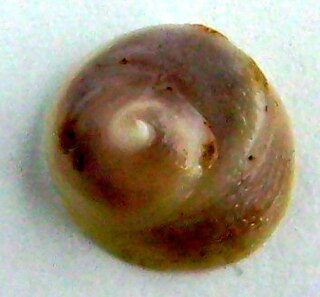| Hammer oyster | |
|---|---|
| Scientific classification | |
| Kingdom: | Animalia |
| Phylum: | Mollusca |
| Class: | Bivalvia |
| Order: | Pteriida |
| Superfamily: | Pterioidea |
| Family: | Malleidae |
| Genera | |
See text | |
Malleidae, or hammer oysters, is a family of saltwater clams. They are related to the pearl oysters, in the order Pteriida [1] and the superfamily Pterioidea.
Family is one of the eight major hierarchical taxonomic ranks in Linnaean taxonomy; it is classified between order and genus. A family may be divided into subfamilies, which are intermediate ranks between the ranks of family and genus. The official family names are Latin in origin; however, popular names are often used: for example, walnut trees and hickory trees belong to the family Juglandaceae, but that family is commonly referred to as being the "walnut family".

The Pteriida are an order of large and medium-sized marine bivalve mollusks. It includes five families, among them the Pteriidae.
Pterioidea is a superfamily of epifaunal marine bivalves mostly inhabiting continental shelf regions of tropical and subtropical oceans. The superfamily includes the economically-important saltwater pearl oysters as well as the oddly shaped hammer oysters. A number of species have found use as model organisms in the fields of medicine and science.
Contents
The shells of most of these animals are T-shaped, with the hinge along the top of the T, and with the byssus emerging from the hinge. An oblique ligament holds the hinge. The shell is partially nacreous. There is a single, large adductor muscle. The exhalant current exits at the hinge.

A byssus is a bundle of filaments secreted by many species of bivalve mollusk that function to attach the mollusk to a solid surface. Species from several families of clams have a byssus, including the pen shells, the true mussels and the false mussels: the Pinnidae, the Mytilidae and the Dreissenidae.
A ligament is the fibrous connective tissue that connects bones to other bones. It is also known as articular ligament, articular larua, fibrous ligament, or true ligament. Other ligaments in the body include the:

Nacre, also known as mother of pearl, is an organic-inorganic composite material produced by some molluscs as an inner shell layer; it also makes up the outer coating of pearls. It is strong, resilient, and iridescent.
Most hammer oysters live in tropical, coralline areas.

Corals are marine invertebrates within the class Anthozoa of the phylum Cnidaria. They typically live in compact colonies of many identical individual polyps. Corals species include the important reef builders that inhabit tropical oceans and secrete calcium carbonate to form a hard skeleton.
















